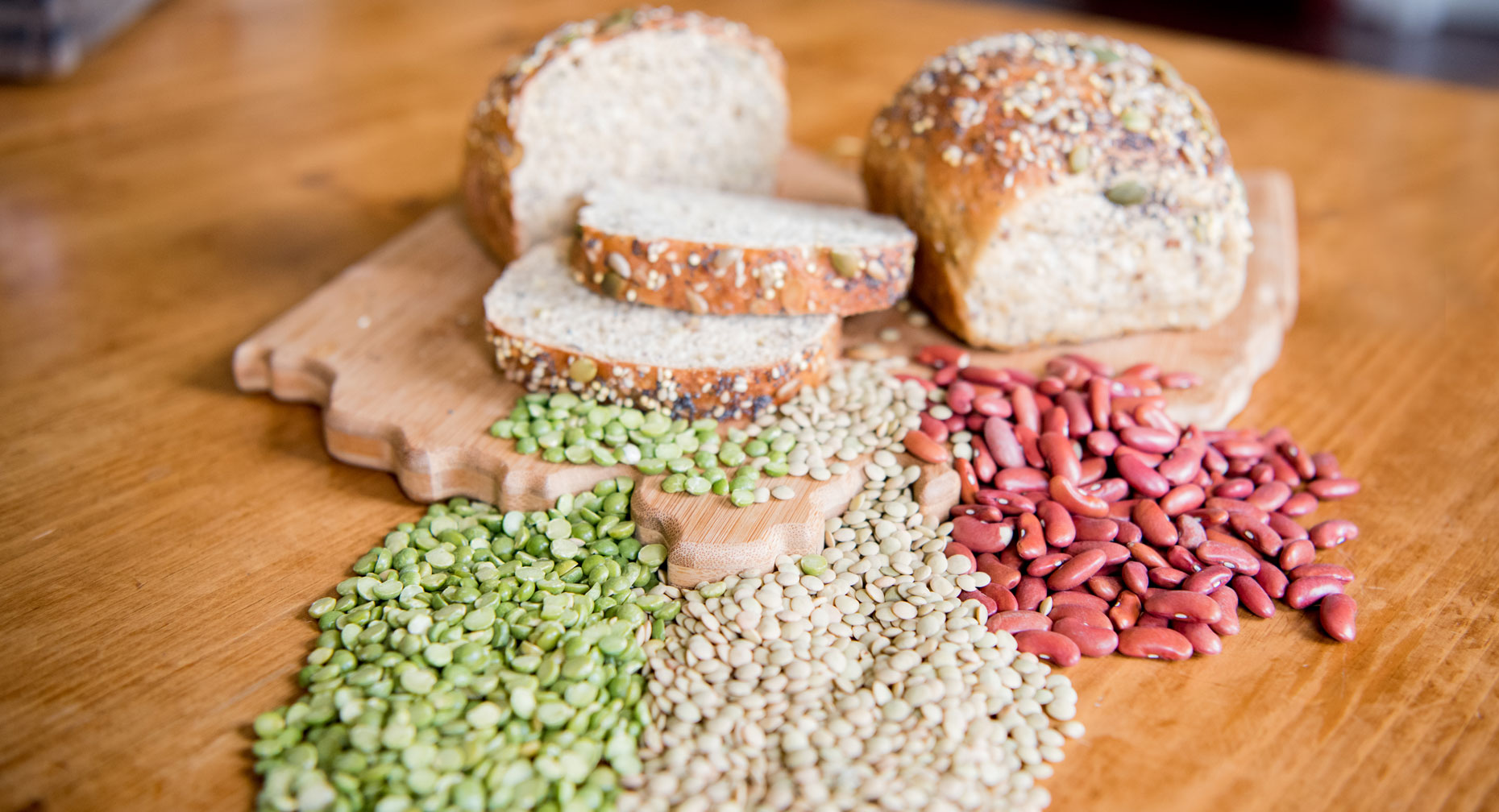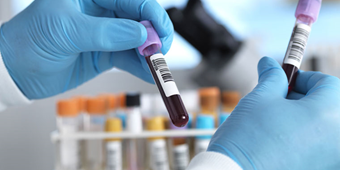- Atrial Fibrillation
- Cardiology And Vascular Health
- Health Topics
- Heart And Vascular Disease Prevention
- Heart Health
- Stroke
- Stroke And Other Vascular Diseases
- Stroke Prevention
Learn How To Reduce Your Stroke Risk

Find Your Perfect Match
Answer a few questions and we'll provide you with a list of primary care providers that best fit your needs.
No doubt you know someone who has suffered a stroke, whether mild or more severe. If you’ve asked yourself, “Can I prevent this happening to me?” the good news is that you can do a lot to reduce your stroke risk. The best way to protect yourself and your loved ones from stroke is to know your risks and do what you can do to reduce them.
Stroke is the fifth leading cause of death and the leading cause of adult disability in the U.S., says the Centers for Disease Control (CDC). Stroke can strike at any time and nearly any age. It can be devastating if not treated quickly. With increased stroke knowledge, you can take steps to prevent a stroke.
Controllable And Uncontrollable Risk Factors
To best understand your risks for stroke, talk with your doctor. While you cannot prevent some risk factors like age, gender, and ethnicity, many medical and lifestyle stroke risks can be managed and controlled.
Medical risks include:
- High blood pressure
- Atrial fibrillation
- High cholesterol
- Diabetes and circulation problems
Lifestyle risk factors are:
- Eating habits
- Physical activity
- Smoking
- Alcohol use
Once you know of any conditions or lifestyle factors that may put you at risk for stroke, you can work with your doctor to create a plan to get healthier.
Managing Medical Risks For Stroke
A stroke occurs when a clot blocks blood flow to the brain. A hemorrhagic stroke is a bleeding type of stroke that happens when a vessel leaks or ruptures, or when a leaking or burst blood vessel causes bleeding into the brain.
By getting existing medical conditions under control, you can greatly reduce your stroke risk.
High blood pressure can double or quadruple your stroke risk if left untreated, says Harvard Health Publications. A blood pressure of 120/80 or less is an appropriate target. To achieve a healthy blood pressure, try these tips:
- Reduce your daily salt intake to 1,500 milligrams or less
- Avoid high cholesterol foods like hamburgers, cheese, and ice cream
- Eat a diet with plenty of fruits and vegetables and whole grains
- Get at least 30 minutes of exercise a day
- Take blood pressure medicines prescribed by your doctor if needed
Atrial fibrillation is tied to a fivefold increase risk of stroke, say the American Stroke Association. AFib is a form of irregular heartbeat that can cause blood clots to form in the heart. Symptoms include heart palpitations and shortness of breath. Treatments can help, such as taking blood thinners, including warfarin or other newer blood-thinning medications. Your doctor can help find the right care plan for you.
Dr. Mark Krebs explains how atrial fibrillation increases stroke risk.
Click play to watch the video or read video transcript.
Diabetes and high blood sugar can damage blood vessels, making it more likely for plaque and blood clots to form. By keeping your blood sugar under control, you can decrease stroke risk from diabetes. Here’s how:
- Monitor your blood sugar as your doctor directs
- Keep your blood sugar in the recommended range with:
- Diet low in salt
- Exercise
- Medicines prescribed by your doctor
High cholesterol can contribute to high blood pressure. High cholesterol can cause plaque to build up inside your arteries. These plaques can break off and form clots which can travel to different parts of the body, including the brain, blocking blood flow and causing a stroke. You can combat high cholesterol in a few ways, including:
- Eating a diet that:
- Is low in fat
- Is low in salt
- Is high in fiber
- Includes low-cholesterol foods
- Taking medicines prescribed by your doctor to reduce your cholesterol
- Exercising
Change Your Lifestyle, Ward Off Stroke
If you eat an unhealthy diet, smoke, drink often, and don't exercise, you’re increasing your stroke risk. The good news is that you can easily make changes that will improve your overall health.
A healthy diet will help you maintain a healthy weight. If you are overweight or obese, making changes to your eating habits can help you lose pounds. Even dropping 10 pounds can reduce your stroke risk.
Follow an eating plan that is low in fat, salt, and cholesterol and includes plenty of:
- Fruits and vegetables
- Whole grains and fiber
- Lean meats
- Fish
Know your body mass index and try to maintain a BMI that is 25 or less. If you need to lose weight:
- Eat between 1,500 and 2,000 calories a day
- Increase your daily exercise
Exercise contributes to lowering blood pressure and cholesterol and losing weight, and it helps control your stroke risks by managing diabetes and reducing stress.
To get the most benefits from exercise, try to spend at least 30 minutes, five days a week doing an activity that increases your heart rate. Examples include:
- Walking around your neighborhood
- Starting or joining a fitness group with friends
- Taking the stairs instead of the elevator
If you need to, break up your daily activity into smaller 10-minute or 15-minute sessions.
Limit alcohol intake. While one drink a day may lower your stroke risk, drinking too much can increase your chances of having a stroke by raising your blood pressure. Make it your goal to drink in moderation:
- Have no more than one glass of alcohol a day
- Red wine is preferred as it contains resveratrol, thought to protect the heart and brain
- Watch portion sizes. Standard sizes are:
- 5 ounces of wine
- 12 ounces of beer
- 1.5 ounces of hard liquor
Smoking damages blood vessels and can increase the risk of clot formation. If you quit smoking, you’ll significantly reduce your stroke risk. Talk with your doctor about the best way for you to quit smoking. Options include:
- Counseling
- Medicine
- Nicotine pills or patches
Taking care of your body with a healthy diet, physical activity, living smoke free, and reducing stress also strengthens your brain. A healthy brain is another great way to prevent stroke.
Know the Signs For Stroke
One American dies from a stroke every four minutes, according to the Centers for Disease Control and Prevention. That's why it’s important that you recognize the symptoms and signs of stroke and get treatment right away.

Time matters when it comes to stroke treatment. During a stroke, brain cells die from lack of oxygen and brain damage can result.
Use the BE FAST acronym to remember the main stroke signs and what to do:
- Balance. Are you having trouble with balance or coordination?
- Eyes. Do you have suddenly blurred or double vision, or a sudden loss of vision in one or both eyes?
- Face. Is one side of the face drooping?
- Arms. When both arms are raised, is one drifting down?
- Speech. Is speech slurred or strange?
- Time. Call 911 and get medical help immediately.
Other signs of stroke include:
- Weakness on one side of the body
- Numbness of the face
- Unusual or severe headache
- Numbness and tingling
Even if you or a loved one shows only one sign of stroke, listen to your body and call 911 right away.
Find Your Perfect Match
Answer a few questions and we'll provide you with a list of primary care providers that best fit your needs.
Source: Esteban Cheng-Ching, MD, Clinical Neuroscience Institute; National Stroke Association; American Heart Association; American Stroke Association; Centers for Disease Control and Prevention; Harvard Health Publications; Mark Krebs, MD, Buckeye Heart & Vascular Institute







